256: Nvidia, Porsche EVs, Datadog, Microsoft CFO, Github Copilot AI, Berkshire + Alleghany, Construction Costs, and David Simon's New Baltimore Show
"If you have $5 and Amy has $5, Amy has more money than you"
There is only one success — to be able to spend your life in your own way.
—Christopher Morley
🌲🌲🌲🚶🏻♂️🌲🌲🐿🌲 Why I take so many walks in the woods (warning: cursing in the audio).
💪 I’ve had pain and reduced mobility in my right shoulder for many months.
For a while, I kinda just waited for it to get better on its own, but alas, it didn’t heal… I recently saw a doctor and physiotherapist about it, and it turns out I have something called adhesive capsulitis.
The bones, ligaments and tendons that make up your shoulder joint are encased in a capsule of connective tissue. Frozen shoulder occurs when this capsule thickens and tightens around the shoulder joint, restricting its movement.Apparently, this can take a while to get better, up to a year+.
I have some physio amplitude exercises that I started doing, and if they don’t help after a while, I may get a corticosteroids injection.
Probably just a sign that I’m getting old… ⏳
💧 Follow-up on edition #239: I ended up ordering these water leak detectors. Seems like cheap insurance against water damage.
I also ordered better washing machine hoses at the recommendation of readers — I had never even thought about the cheap rubber hoses that I had been using for a decade+…
💚 🥃 If you’re not a paid supporter yet, hopefully this is the edition that makes you go:
“Hey, I think I want to support what he’s doing here.”Thank you for that!
A Word From Our Sponsor: 📈 Revealera 📊
Revealera provides data and insights for investors into hiring trends for 3,500+ public/private companies + technology popularity trends for 500+ SaaS/Cloud Products.
We give investors insights into:
Job Openings trends: Insights into a company’s growth prospects.
Technology Popularity Trends: Insights into how widely products like Datadog, AWS, Splunk, etc, are gaining adoption.
Vendor Sign-ups (Currently Alpha) tracks the # of companies, as well as the specific companies, that have signed up for SaaS products such as Zoom in near real-time.
Visit Revealera.com for a ✨free✨ trial/demo.
Investing & Business
Porsche accelerates shift to electric after ‘unexpected EV success’
“In 2030, the share of all new vehicles with an all-electric drive should be more than 80 per cent,” said Oliver Blume, chief executive, who added that the transition was “running faster [than Porsche] planned years ago”. [...]
The brand’s first purpose-built electric car, the Taycan, has been far more successful than executives or analysts predicted. It was launched in 2020 and outsold the 911 model in 2021 [...]
Porsche confirmed that all other models would eventually be electrified, with the exception of the 911, for which a part-hybrid version is being developed.
Sales of the 911 accounted for roughly 13 per cent of total Porsche deliveries last year.
Good. I suspect that we’re going to see lots of other timelines being compressed and accelerated over the coming years.
Huge transitions are extremely hard to predict, they always tend to surprise us by being slower or faster than everyone thinks — but rarely just predictable & linear.
I suspect the EV transition will happen faster than expected going forward, after happening slower than many of us expected from about 2000 to 2015…
Related: VW plans to publicly float part of Porsche:
The Stuttgart-based company, which is owned by Volkswagen and is the most profitable of its parent group’s 12 brands, is preparing for a partial flotation by the last quarter of the year. VW plans to list 25 per cent of the business, which could raise roughly €20bn
🔥🧯👩🚒 🚒 Microsoft CFO Amy Hood knows how to talk to analysts…
Some people on Twitter say she’s arrogant. I don’t see it. This is the big leagues. If you’re going to waste the time of the #2 at Microsoft with a 3-paragraph-rambling-question, it’s fair to expect this type of mild pushback/ribbing.
She runs a $2.25 trillion company with almost 200,000 employees, maybe she has a few things to teach someone whose job is to make spreadsheets. If Munger had said this instead of a woman, I bet a lot of the complaining wouldn't exist. Instead, we'd just hear about how "funny and wise" he is.
Microsoft employee Mat Velloso (“Technical Advisor to the CEO”) adds:
Truths about Amy Hood that every Microsoft employee knows:
1-If there's a zombie apocalypse, we will all await for and follow her instructions
2-In that scenario you can bet your ass Microsoft will still grow
3-She will still finish her emails with the lovely "with gratitude"
4-She would make sure you get rid of the zombies but within the budget [...]
If you have 5 dollars and Amy has 5 dollars, Amy has more money than you.
Nvidia’s Business Model Transition/Evolution 💾
It’s not a business model transition in the sense that they’re abandoning the old model. Rather, adding something on top of it.
Some highlights from Colette Kress, Nvidia’s CFO, at a recent presentation:
we've been in business for a long time, probably more than 27 years. And of course, we started as a gaming company [selling] chips, but a lot has changed since then. We've focused on platforms. We've focused on systems, not just for overall gaming, but for the data center, for workstations and now even focused on automotive.
But now we're entering into a new phase, a new phase that we are thinking about software and a business model for software to sell separately. Now software is incorporated in all of our systems and platforms today. What fuels so much of our data center focus on AI and on acceleration is the help that we have done in providing both a development platform and software, SDKs and others for that. But now we have an ability to monetize separately, a great business model for us and a great ability for us to expand our reach for many of the enterprises that we are working with in our data center business. Focusing on a key area, for example, our work in NVIDIA AI enterprise.
It’s almost a cliché now to say that Nvidia has more software engineers than hardware engineers, and it’s clear that their focus on building a software ecosystem has helped them tremendously — but so far, that software has been monetized through hardware sales (a bit like how Apple monetizes a lot of its platform-level software).
This is changing. We’ve seen the beginning of that with Omniverse and AI models they’re selling independently of the hardware. But from what I’m reading on this transcript, we ain’t seen nothin’ yet:
Omniverse has been the buzz for the last couple of months, the last couple of months focusing in terms of what we can see in the future, of the 3D world, the virtual world and stitching to that together. We have a new software offering, a software offering to approximately 30 million creators out there to begin their work using our Omniverse software. And then lastly, our focus on automotive and providing software for AV cars. We have 2 very major important deals that we have done with Daimler, and then most recently with JLR, Jaguar Land Rover, to where their entire fleet will be operated with NVIDIA software. And we will have the ability to share that software with those OEMs and monetize it over the life of the cars being on the road.
On Nvidia’s ARM focus going forward, now that they couldn’t buy it:
We spent a lot of time working with ARM, not just this last 17 months, but for many years. We've been a partner with ARM more than a decade. And we continue to have a 20-year license going forward working with ARM. When you think about our products today, we have Orin, our Orin SoC, which is available and is on ARM.
We also have our work with our Grace CPU, which will be coming out, which is also our data center CPU on ARM.
And then thirdly, we have BlueField -- our BlueField DPU also on ARM. We will continue both our partnership and our strategy with ARM. We believe ARM is probably one of the most important CPU architectures for the next 10 years. So our partnership remains strong, and our continued work with ARM will continue.
This point about the license is important. Nvidia doesn’t just have a license to use existing ARM designs, like Apple, they have an *architectural* license, which means that they can use the ARM ISA (the basic building blocks) to build their own custom ARM chips.
This gives them a lot of flexibility, and the ability to create more differentiated products than if they were just using Cortex cores or whatever.
👀 A Founder’s Vision, Datadog Edition 🐶
It’s always interesting when how a founder sees their company diverges from how most outsiders see the company.
The outside observers may expect XYZ because they’ve put the company in a box, but if the founder isn’t interested in staying in that box…
Here’s Olivier Pomel, Datadog CEO, on his vision for the company. It’s a bit of a long highlight, but I found it interesting:
I didn't start Datadog to build a better monitoring company. That was never the goal. The starting point was that my co-founder and I used to work together. I used to run the development team, he used to run the operations team in a previous company.
We had our teams fight all the time and single point all the time, and so our starting point was really how do we actually get those teams to work together to share the same reality, to have the same objectives, and so forth.
And it turns out, our first use case is well, monitoring, but the goal was always, let's get as many data assets from as many parts of the company as possible, and then get as many users from as many different teams as possible to look at those data sets and have them connect so they share the same reality.
So we started with dev and ops and it was the right time for that. In 2010, when we started the company, it was the very beginning of the DevOps trend. And today, it's commonly accepted that this is the way you should build your operations and development, but back in 2010, it was fairly new. And as we're developing the companies, we're developing the platform, we keep seeing more -- other areas, more teams that are broken down as separate silos that don't speak.
That’s one power that domain expert founders have vs “professional” managers: They’ve been in their customers’ shoes, they know what would solve their real problems. 👟 🥿
I mean an example of that we've talked about recently is security. If you look at the situation in most companies today, the security teams are typically not in speaking terms with the development teams and the operations team because they have different objectives, they look at different realities, they have different stresses. What matters to the security team, they don't actually fully control. They don't actually control deployment, they don't control the application development.
And with -- and on the other side of the equation, developers see security as a limiting factor. Like, they're the people who say no, who prevent you from doing your job, who chastise you when you make mistakes and things like that. So the problem we see there is actually very similar to the problem we've seen between dev and ops when we started the company, and there's many other areas we can get to this way.
I find this dynamic fascinating, and not just for Datadog.
You can see it with a lot of these founder-led, high-development velocity companies; Crowdstrike is an endpoint protection company… Fast-forward a few years, and they’re doing a lot more than that and still expanding. Cloudflare is a CDN/DDoS protection company… Nvidia is a gaming company… Amazon is a store on the internet… Google is a search company… etc
What I’m *not* saying here: Not every company with ambitions to expand to adjacent fields or to realize a grand vision will succeed, and even when they do, new verticals may not be as competitive and lucrative as the thing they original good traction and became known for. This ambition can also destroy value.
But a grand vision with a proven ability to execute and attract talent can still be extremely valuable. When it works, it *really* works.
Berkshire buys Alleghany for $11.6bn
I don’t really have anything to say about that one, but it’s always nice to see Buffett acquire things. Hopefully, this deal is more on the National Indemnity end of the spectrum and less Gen Re…
🗣 Conversation: Frederik ‘Neckar’ Gieschen & Brandon Beylo
Good conversation between friends-of-the-show Brandon Beylo and Frederik ‘Neckar’ Gieschen (💚 🥃):
They talk a lot about the ups & downs of investing and sharing your thoughts publicly, and I think the meta-point they end up converging on is: Know thyself.
It’s great to study what others have done in various circumstances, but we may be wired very differently than they are, and probably aren’t Soros or Buffett, so we should make sure to act accordingly.
Science & Technology
Github’s Copilot, an AI code-writing-tool powered by OpenAI 🤖
The elevator pitch is basically, ‘like GPT-3, but for computer code’.
It’s a really cool concept that makes me excited because of the huge leverage it applies on an already huge amount of leverage: Compute code is one of the highest-leverage things in the world, so if you can help those who create it make it faster, better, and more of it, that’s powerful!
WIRED has a neat feature piece on Copilot. Here are some highlights:
Aboukhadijeh quickly discovered that Copilot was good, almost unsettlingly so. He would begin typing a line of code, and within a few seconds the AI would figure out where he was headed—then, boom, the next four or five full lines would show up as light gray text, which he could accept by hitting Tab. When he saw it produce clean code that did exactly what he was intending, he found it a bit uncanny. “How is it getting these predictions?” he recalls wondering. “Some of them are really eerie.”
For weeks, Aboukhadijeh kept Copilot turned on while he worked. He discovered that it had other impressive tricks; it could even understand commands he wrote in basic English. If he simply typed into his code editor “Write a function that capitalizes every word in a document,” Copilot would assemble that code all by itself. He’d check to make sure it didn’t have errors; sometimes it did.
What’s more, the tool was improving his code. At one point, for example, Aboukhadijeh needed his software to recognize several different formats of text documents, so he ponderously listed all the formats, one by one, in his code. Copilot instead recommended a single, pithy command that elegantly swept them all together.
“I was like, how did it even … ?” he says, trailing off in stupefaction. He doesn’t think he’ll ever turn Copilot off.
How about emergent knowledge of genetics? 🧬
Copilot even seems to have picked up knowledge about specific fields. Maria Nattestad is a software engineer at Google and, on the side, the author of a popular app that makes eye-catching visualizations from bioinformatics data. She discovered that Copilot knows about DNA. When she wrote code to organize genetic data, the AI showed that it understands that codons—specific sequences of DNA or RNA—have a length of three, and it could generate a list of them on its own.
What’s most exciting about this isn’t where it is today, but where it’ll be *tomorrow*. How good will the GPT-4 or GPT-5 version of Copilot? 🤔
Learning from ship-building to reduce building construction costs
Very interesting two-part series by Construction Physics:
It starts with how the work is organized. Much like a building, initial design is based on separate but interacting functional systems - designs and drawings will be produced for the electrical system, the ventilation system, the engine machinery, etc. This information is then reorganized for construction and assembly - a ship will be divided into individual blocks or zones, separate geographic areas ship that will be built separately then stitched together. Large blocks are broken down into smaller assemblies, which in turn will be broken down into even smaller ones, until arriving at a manageable unit of work. A given subassembly might have many different functional systems on it (a portion of the hull, electrical wiring, ventilation ducts, piping, etc.), and the block/subassembly becomes the unit of organization for construction rather than functional system. The process of combining small subassemblies to large blocks and then an entire ship is carefully sequenced, with each step in the process called a 'stage'. Each stage of construction will be performed with composite drawings showing all the assembly steps and materials that particular subassembly requires.
Taking a step back, the entire in some ways process resembles a scaled-up version of the Toyota Production System (unsurprising, since it was developed at the same time, in the same country, and has many of the same influences, ie: Deming.) Emphasis is placed on quality and reduction of variance, which minimizes rework and thus costs. Like the Toyota Production System, this method of production requires high quality to function properly (with low quality, parts don’t fit together properly at assembly, causing delays while parts get reworked.) The process structure of lots of small, well-defined assembly steps with carefully tracked quality metrics at each step allows for a process of continuous improvement. Emphasis is placed on small units of work rather than large work packages to minimize WIP and to enable production flexibility. The goal is to achieve a steady flow of material through the production process, and ensure the output of all processes is coordinated
There’s a whole history of ship-building including how it was rapidly ramped up during WWII. Fascinating stuff.
The Arts & History
‘We Own This City’ (DAVID SIMON. BACK IN BALTIMORE.)
Coming next month (April 25), Simon’s new mini-series based on true events in Baltimore. This is about 20 years after The Wire, and I’m definitely there for it.
The project is based on a book by Baltimore Sun reporter Justin Fenton and chronicles “the corruption and moral collapse that befell an American city in which the policies of drug prohibition and mass arrest were championed at the expense of actual police work.”h/t my friend JPV
A Deadwood Musical on Broadway (with Tom Waits) 🤯

Matt adds:
There are no details beyond that fact, but in my mind, Tom Waits would’ve been Charlie Utter.
Alas, only available in alternate timelines… While on the topic of Deadwood, make sure to order your ‘Deadwood Bible’ by Matt Zoller Seitz.



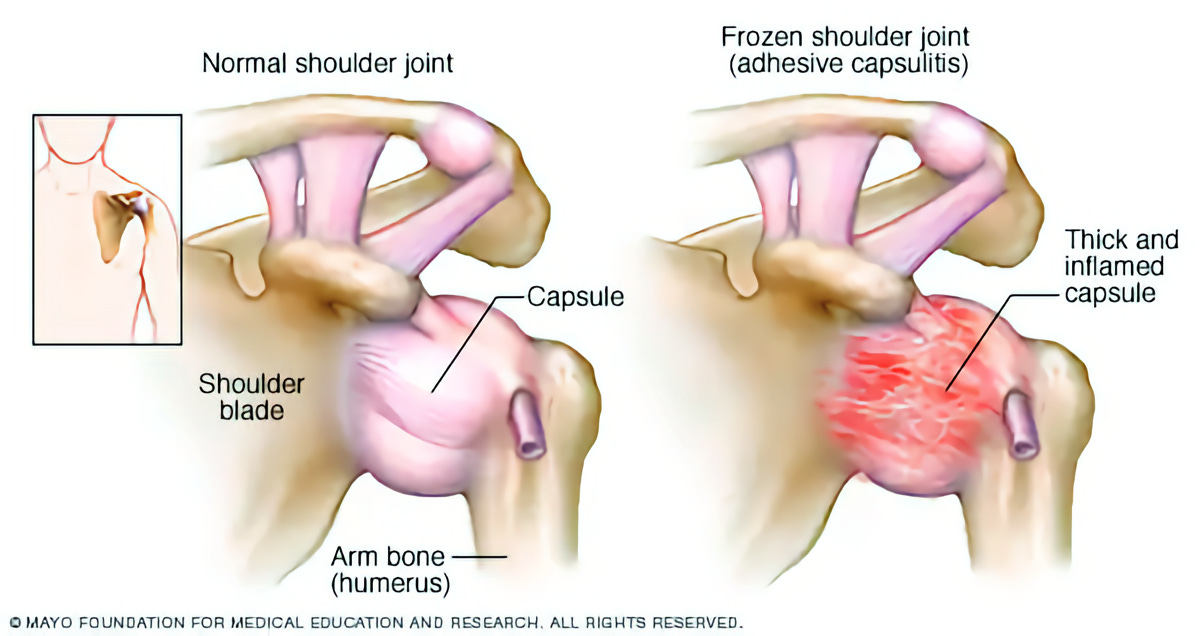
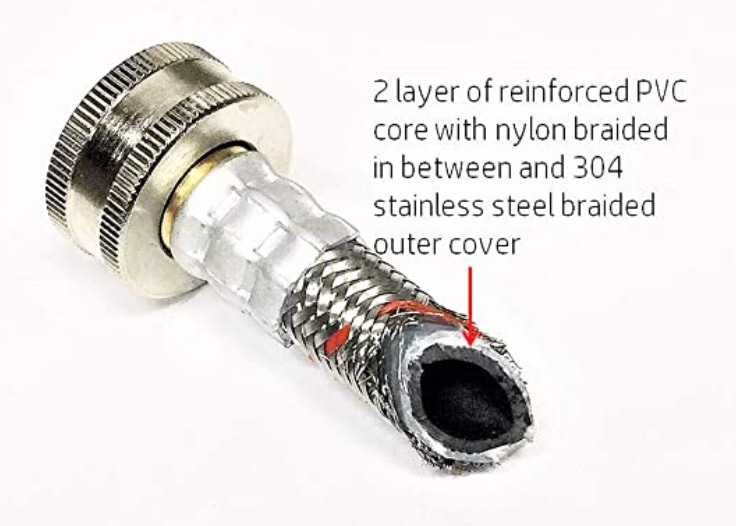
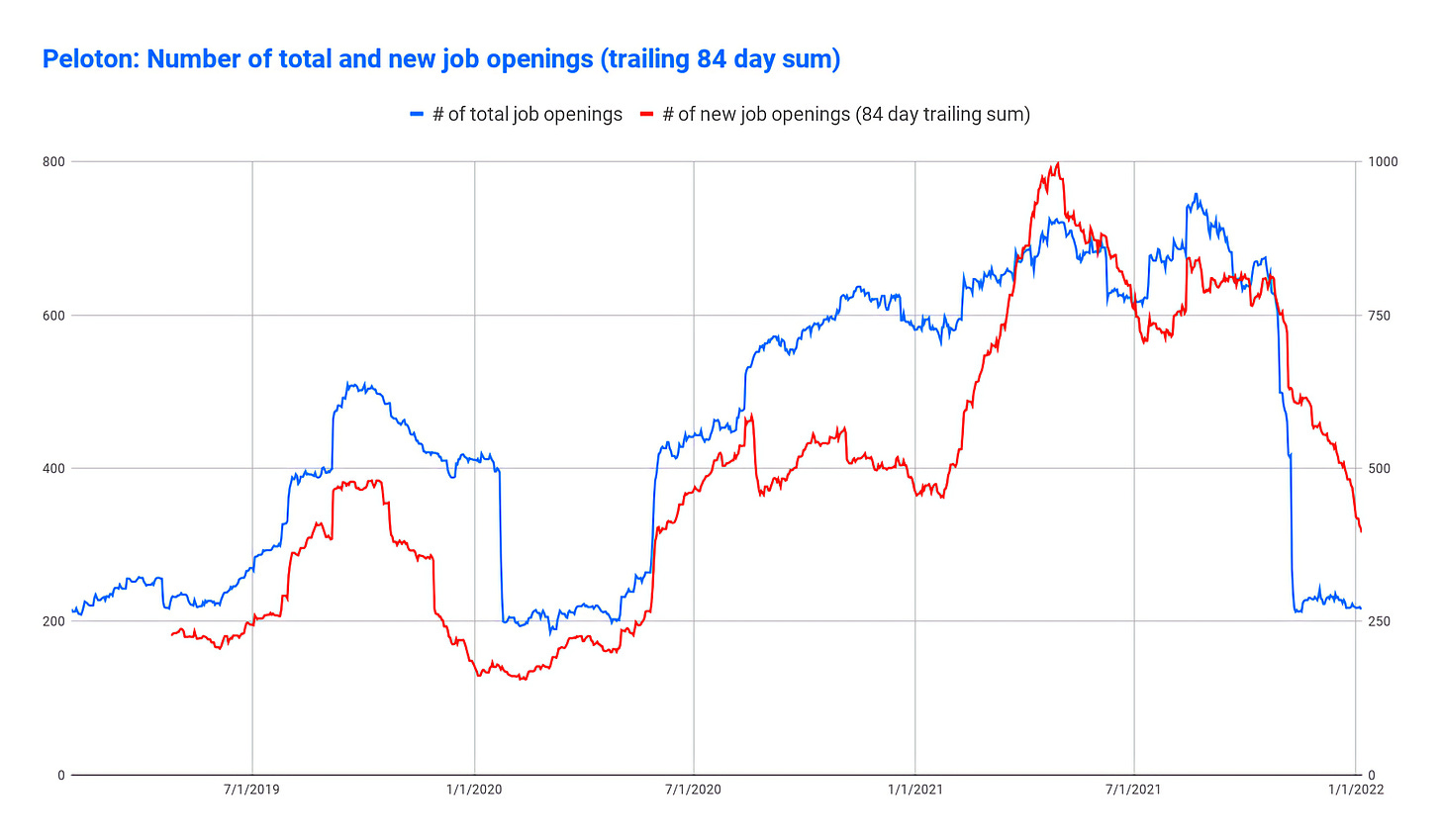

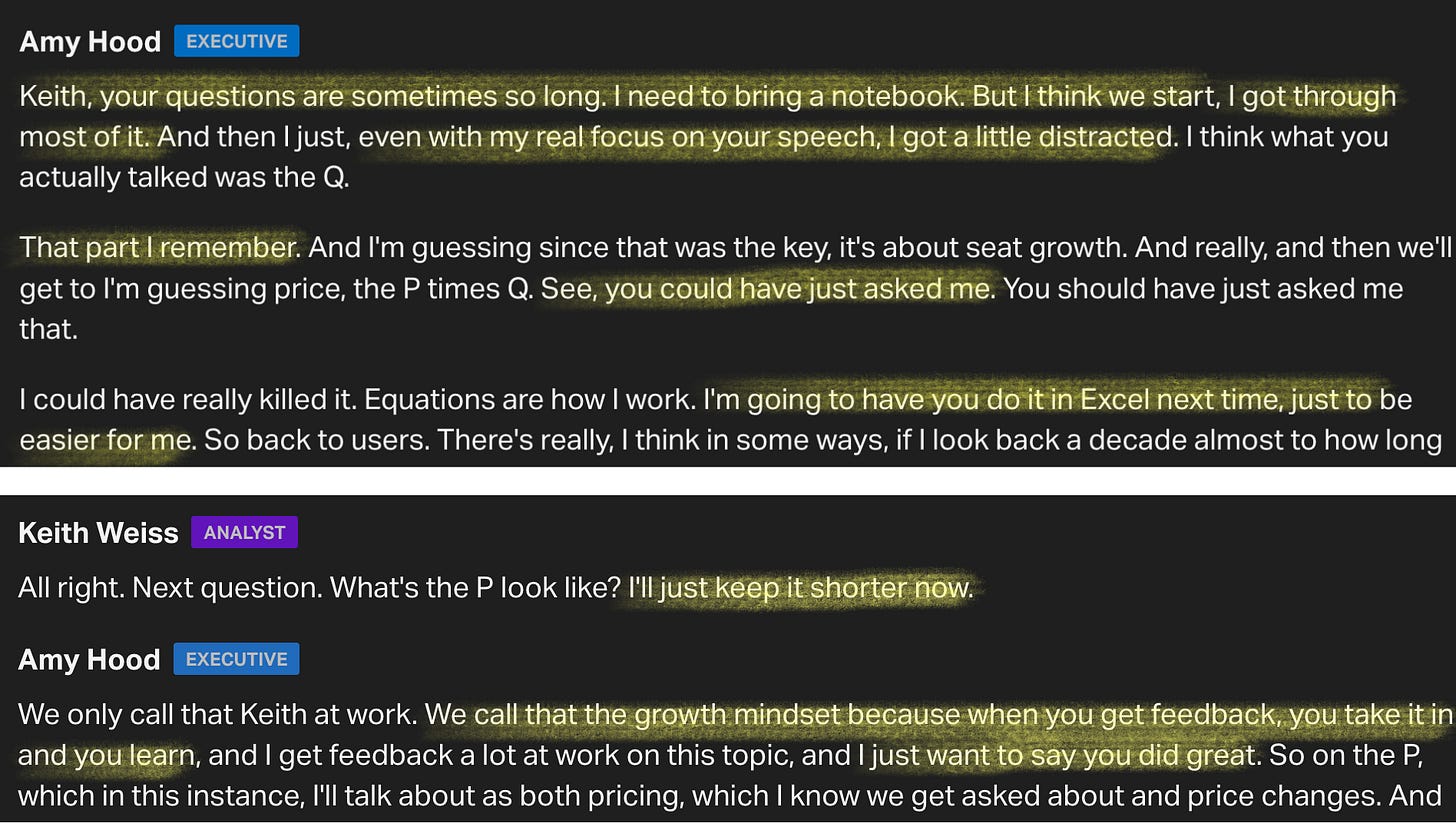
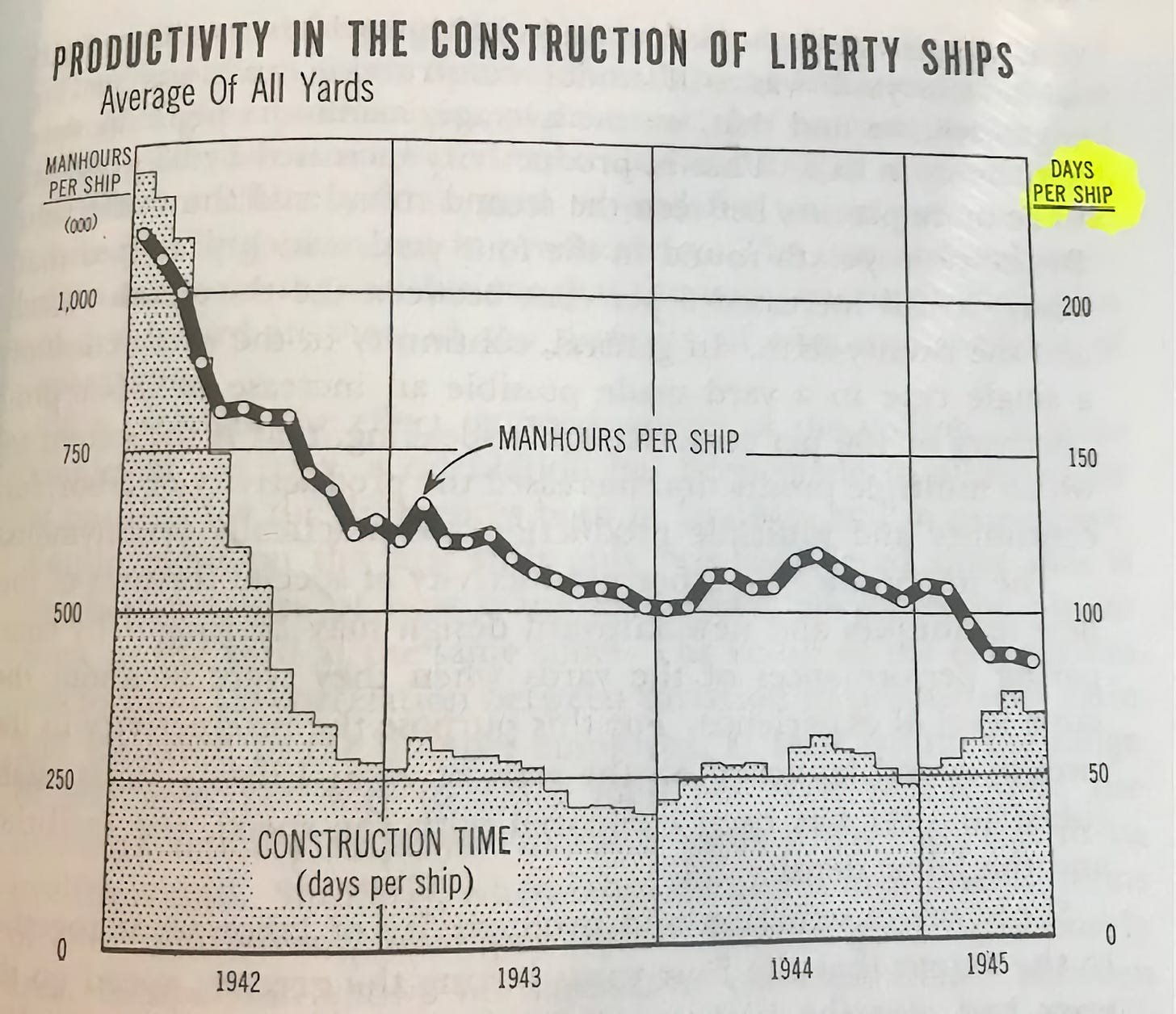
When insiders push back like that it's a sign of good management, in my view. They know their stuff and don't beat around the bush. It's sort of like when average companies read the whole damn disclaimer before getting into things. You read/listen to the better companies and their like okay you guys know the disclosures, let's get down to business. To me they're qualitative tells about management.
Which washing machine hoses did you get?